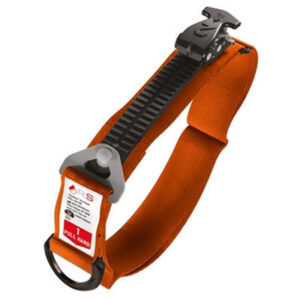Please remember, if you need assistance or have any questions, call us on 0330 223 6336 or drop us an email at sales@defibworld.org
Defibrillators are essential for saving lives, but improper storage can significantly impact their effectiveness. Understanding the nuances of defibrillator storage is crucial for ensuring these life-saving devices are always ready when needed. From maintaining the electrode pads to managing temperature conditions, several factors must be considered to keep your defibrillator in optimal condition.
Have you ever wondered how temperature fluctuations might affect your AED or why there’s been a significant rise in defibrillator thefts? This guide will walk you through the best practices for storing your defibrillator safely, including tips on temperature control, security measures, and choosing the proper storage solutions.
1. Understanding Defibrillator Shelf Life
Electrode Pads and Their Shelf Life
Electrode pads are critical to any Automated External Defibrillator (AED). Their shelf life typically ranges from 1.5 to 5 years, depending on the manufacturer and storage conditions. It’s essential to monitor and manage these pads’ expiration dates meticulously. Expired electrode pads can compromise the effectiveness of the defibrillator, potentially leading to life-threatening situations during an emergency.
To ensure the electrode pads remain functional, it’s advisable to:
- Regularly Check Expiration Dates: Mark the expiration dates on a calendar or set reminders to replace the pads before expiration.
- Store Pads in Optimal Conditions: Keep the pads in a cool, dry place, away from direct sunlight and extreme temperatures.
- Use Original Packaging: Always store the pads in their original packaging to protect them from environmental factors that could degrade their quality.
Maintaining AED Effectiveness Over Time
Regular maintenance is crucial for keeping an AED in optimal working condition. This includes monitoring the electrode pads and ensuring the device functions correctly. Regular checks help identify potential issues before they become critical.
- Routine Inspections: Conduct monthly inspections to check the battery life, electrode pad condition, and overall device functionality.
- Follow Manufacturer Guidelines: Adhere to the maintenance schedule and guidelines provided by the AED manufacturer.
- Professional Servicing: Consider professional servicing periodically to ensure the device is in top condition.
Proper storage also plays a significant role in maintaining an AED’s longevity. Store the device in a location that is easily accessible yet protected from environmental hazards. Using a dedicated storage cabinet, like the ones Defib World offers, can provide an added layer of protection.
2. Temperature Considerations for AED Storage
Optimal Temperature Ranges
AEDs are sensitive to temperature fluctuations, and all manufacturers recommend that these devices shouldn’t be stored or used in temperatures below 0 degrees Celsius. Storing an AED in sub-zero temperatures can lead to battery failure, reduced effectiveness of the electrode pads, and potential damage to the device’s internal components.
The risks associated with improper temperature storage include:
- Battery Degradation: Cold temperatures can cause the battery to drain faster or fail.
- Electrode Pad Deterioration: Extreme temperatures can affect the adhesive and conductive properties of the pads.
- Device Malfunction: Prolonged exposure to unsuitable temperatures can lead to internal component failure.
Solutions for Temperature Control
Maintaining the appropriate storage temperature is essential for the reliability of an AED. Here are some practical solutions:
- Insulated Storage Cabinets: Insulated cabinets protect the AED from extreme temperatures and help maintain a stable internal temperature, ensuring the device remains functional.
- Temperature-Controlled Environments: Store the AED in temperature-controlled environments, indoors or in specially designed outdoor cabinets with heating or cooling features.
- Regular Monitoring: Check the storage temperature regularly, especially in environments prone to temperature fluctuations.
Implementing these solutions can ensure that your AED remains in optimal condition and is ready to save lives when needed.
3. Security Measures to Prevent Theft
The Rise of Defibrillator Thefts
Since 2020, defibrillator thefts have increased by over 180%, posing a significant threat to community safety and emergency preparedness. The loss of these life-saving devices can have dire consequences, leaving communities vulnerable during cardiac emergencies.
The impact of theft includes:
- Reduced Accessibility: Fewer available AEDs in public spaces can delay emergency response times.
- Increased Costs: Replacing stolen defibrillators can be costly for communities and organisations.
- Decreased Trust: Frequent thefts can undermine public trust in the availability and reliability of AEDs.
Effective Security Solutions
Implementing robust security measures is essential to combat the rise in defibrillator thefts. The DefibCaddy Outdoor Defibrillator Locked Cabinet offers a high-quality, secure storage solution at a low cost. Key features include:
- Durable Construction: Made from rigid, high-impact materials to withstand tampering and environmental factors.
- Locking Mechanism: Secure locks to prevent unauthorised access.
- Visibility: Bright colours and clear signage to deter theft and ensure the AED is easily locatable.
Additional security measures to consider:
- Surveillance Cameras: Install cameras in areas where AEDs are stored to monitor and deter theft.
- Alarms: Use alarm systems that trigger when the cabinet is opened without authorisation.
- Community Awareness: Educate the community about the importance of AEDs and encourage vigilance to prevent theft.
Adopting these security measures can help protect your AEDs and ensure they are available when needed most.
4. Choosing the Right Storage Solutions
Indoor vs. Outdoor Storage
Various factors, including accessibility, environmental conditions, and security needs, influence your AED’s choice between indoor and outdoor storage.
- Pros: Controlled environment, reduced risk of temperature fluctuations, and enhanced security.
- Cons: Limited accessibility in large outdoor spaces or public areas.
- Pros: Increased accessibility in public spaces, parks, and extensive facilities.
- Cons: Exposure to environmental elements, higher risk of theft, and potential temperature control issues.
Portable and Fixed Storage Options
When selecting storage solutions, consider portable and fixed options to meet different needs.
Portable Storage Solutions:
- Mindray AED Hard Carry Case: Durable, water-resistant, and designed for demanding environments.
- Milisten AED First Aid Backpack: Ideal for home and outdoor use, offering easy transportation and accessibility.
Fixed Storage Solutions:
- Wall Brackets: Securely mount the AED in a fixed location for easy access.
- Signage: Use clear signage to indicate the location of the AED, ensuring it is easily identifiable in an emergency.
By evaluating the pros and cons of each storage solution, you can choose the best option to ensure your AED is accessible and protected.
5. Ensuring Accessibility and Readiness
Placement for Quick Access
The placement of your AED is crucial for ensuring quick access during an emergency. Best practices for placement include:
- High-Traffic Areas: Place AEDs in areas with high foot traffic, such as lobbies, hallways, and near entrances.
- Visibility: Ensure the AED is visible and marked with clear signage.
- Accessibility: Ensure the AED is accessible to all individuals, including those with disabilities.
Regular Maintenance and Checks
Routine maintenance and checks are essential for ensuring your AED is always ready to use. Integrate these practices into your regular safety protocols:
- Monthly Inspections: Check the battery life, electrode pad condition, and overall functionality of the AED.
- Replace Expired Components: Replace electrode pads and batteries before they expire.
- Record Keeping: Maintain detailed records of all inspections, maintenance, and replacements.
By following these maintenance practices, you can ensure your AED remains in optimal condition, ready to save lives immediately.

- 4 August 2024
Conclusion: Ensuring Lifesaving Readiness
Proper storage of defibrillators is crucial for maintaining their effectiveness and ensuring they are always ready to save lives. Several factors must be considered, from monitoring the shelf life of electrode pads to managing temperature conditions and implementing robust security measures. By understanding the nuances of defibrillator storage, we can ensure these life-saving devices remain functional and accessible during emergencies.
Defib World is dedicated to supporting your safety needs and empowering lifesavers everywhere. By following best practices for storage and maintenance, you can help protect your AEDs and ensure they are ready to perform when it matters most. Remember, a well-maintained defibrillator isn’t just a device; it’s a lifeline. Every second counts, and ensuring your AED is in optimal condition could be the difference between life and death. Are you prepared to make that difference?
Category: Cardiac Health Awareness
Information on cardiac arrest, the bystander effect, and related topics.

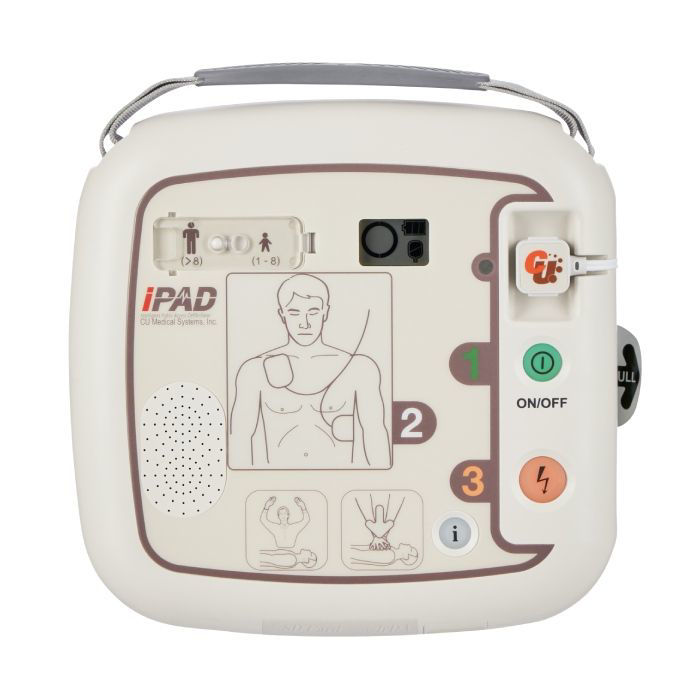
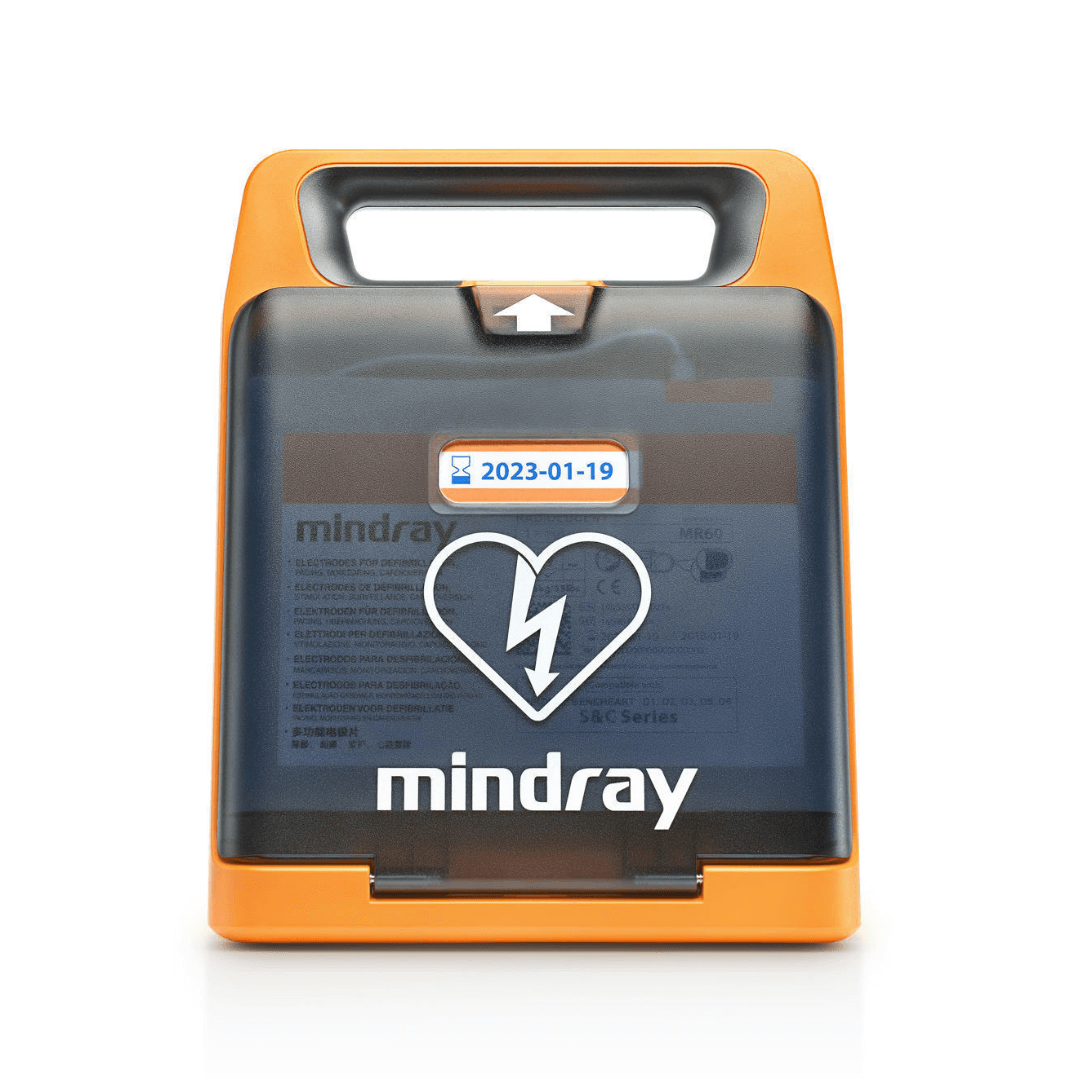
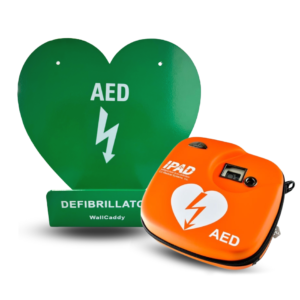
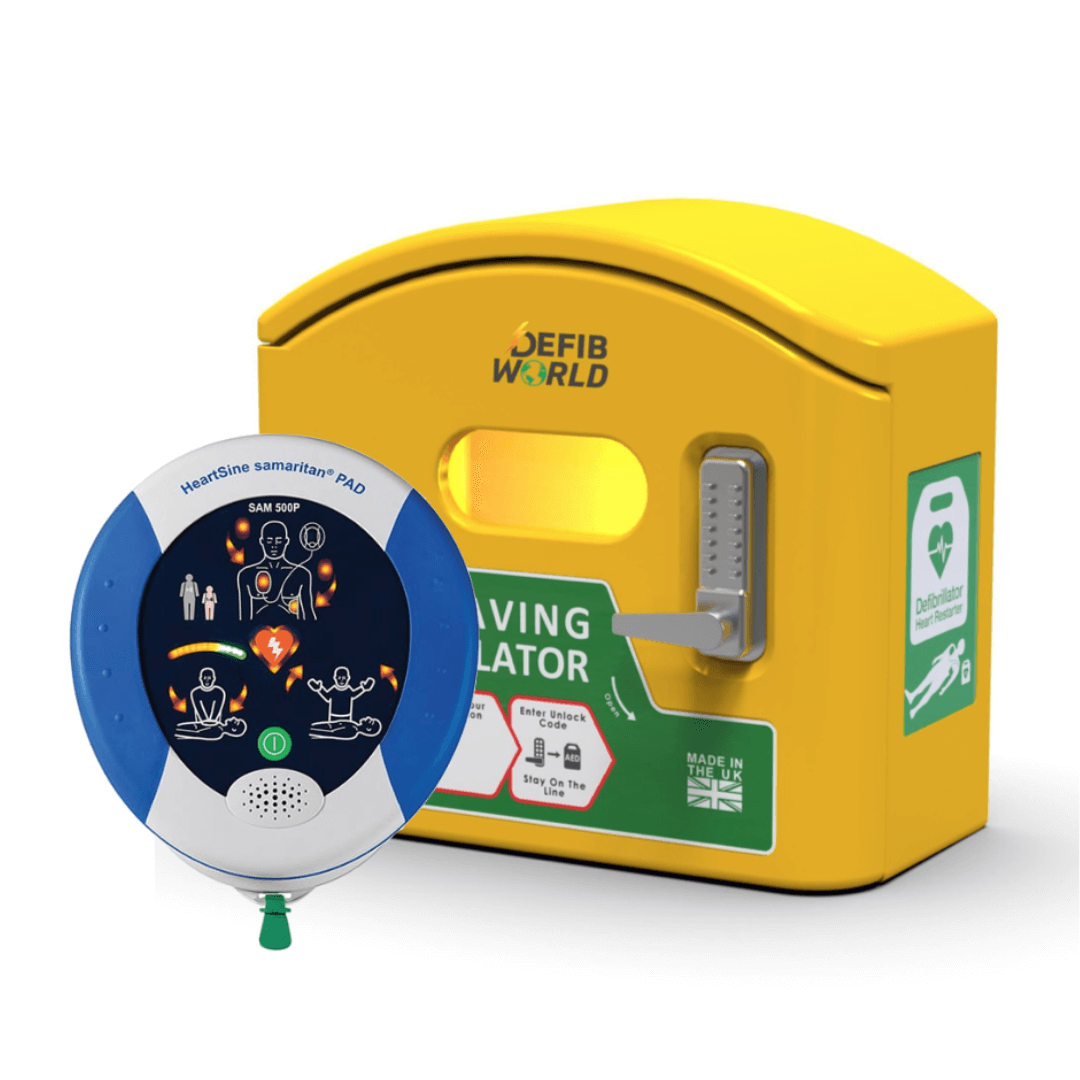
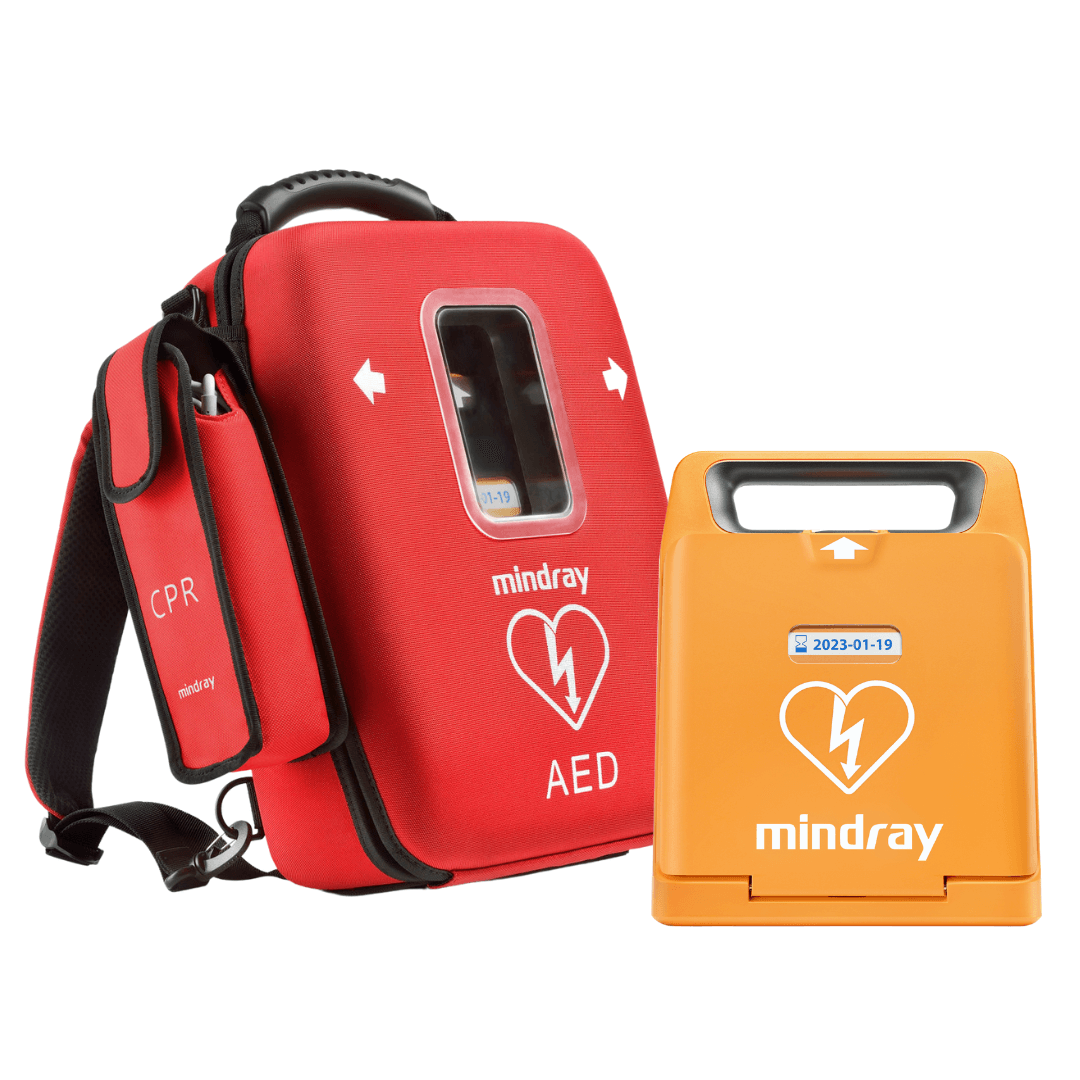
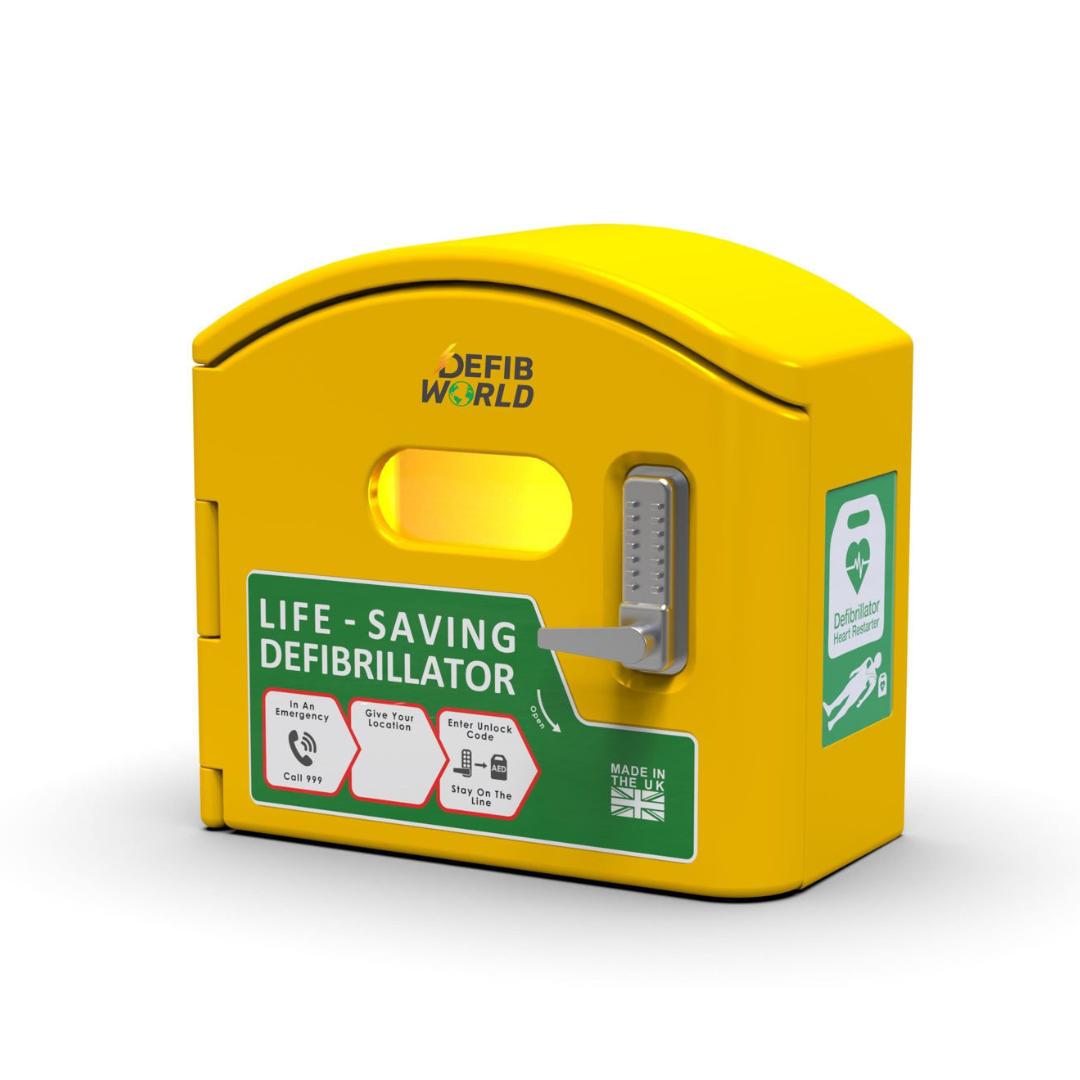
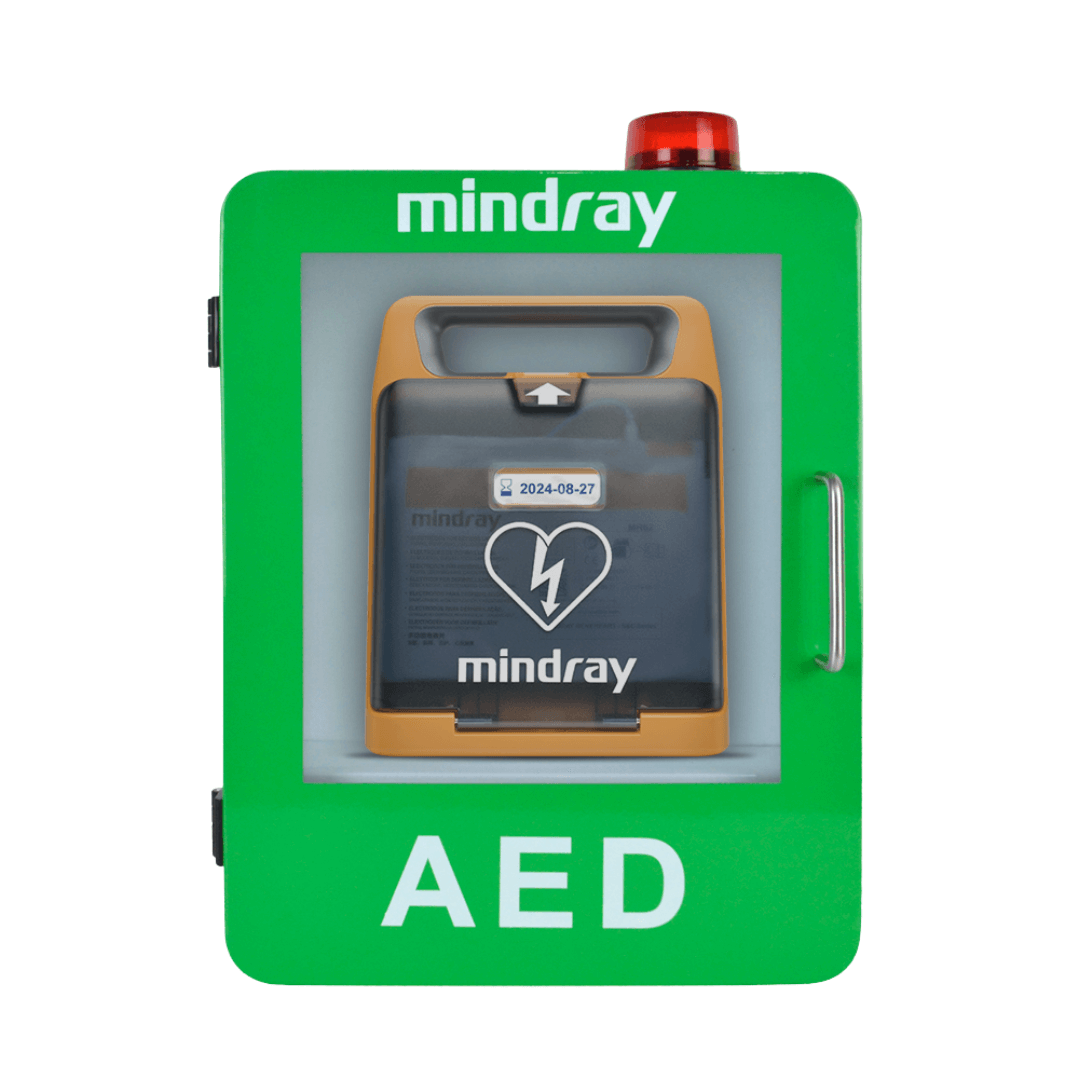
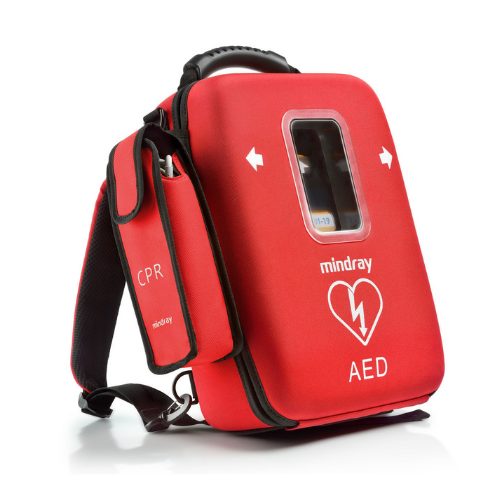
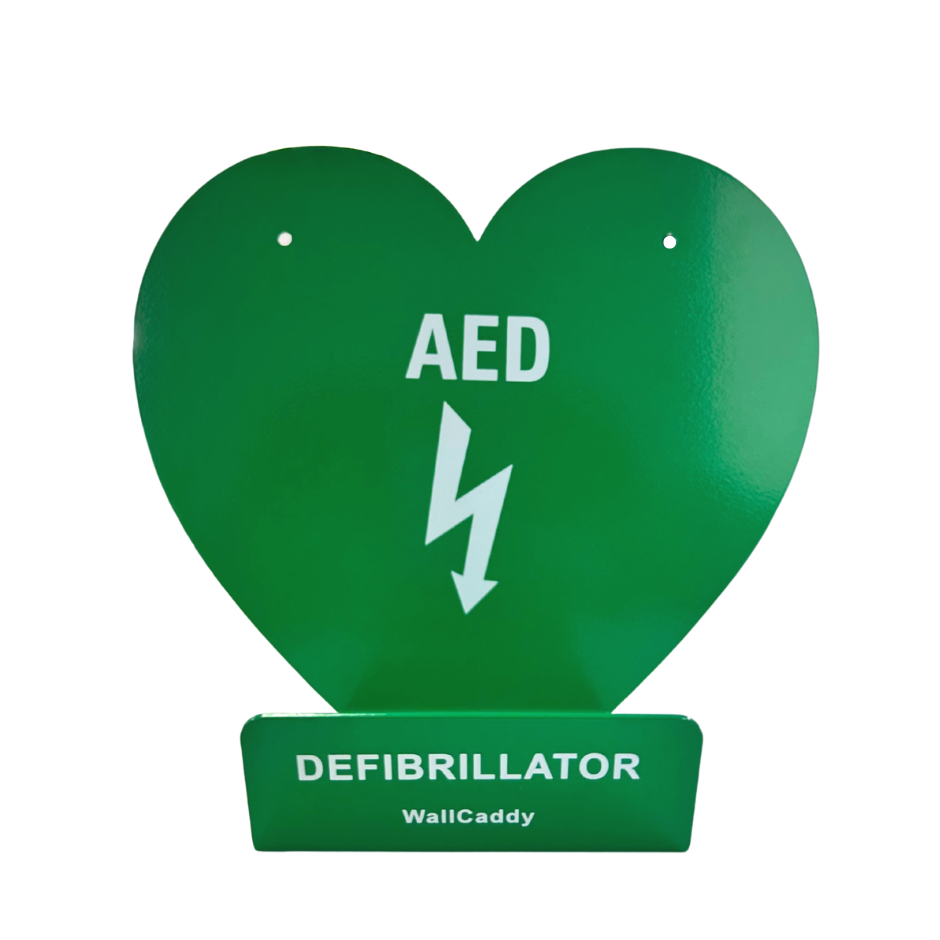

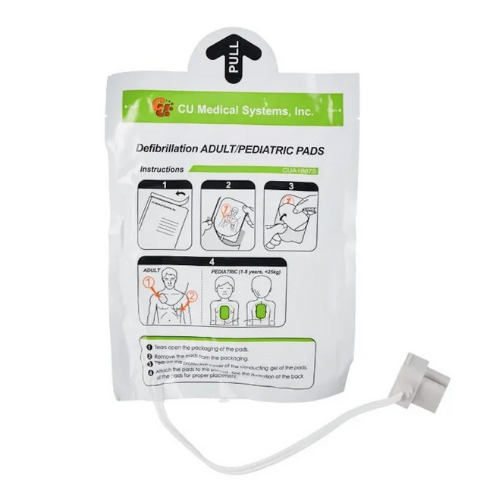
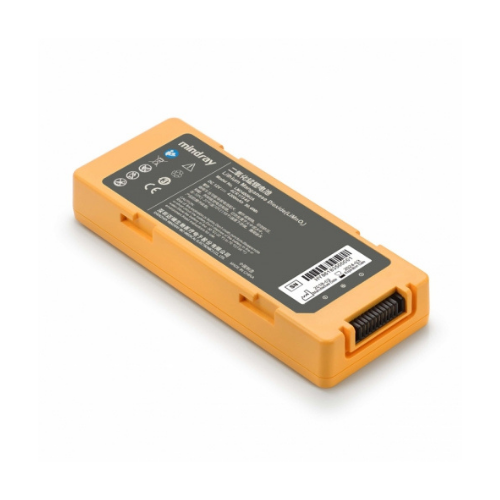

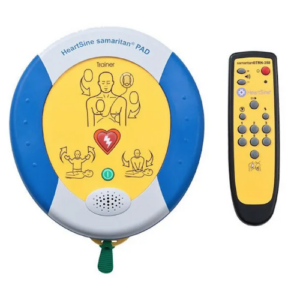



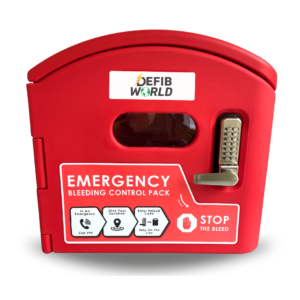
















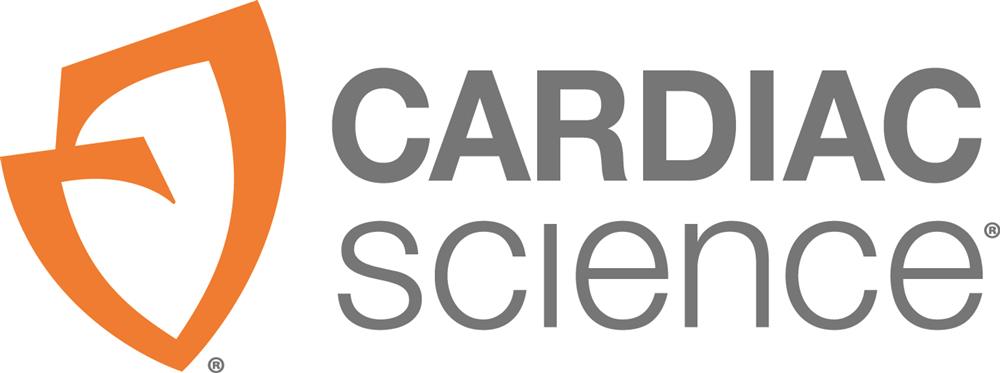
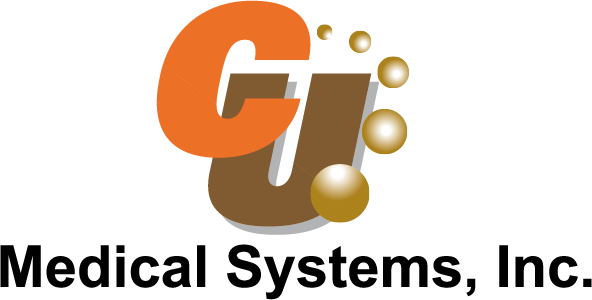




.svg.png)



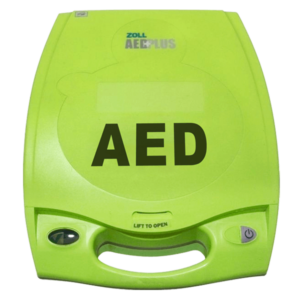



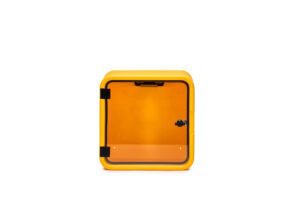


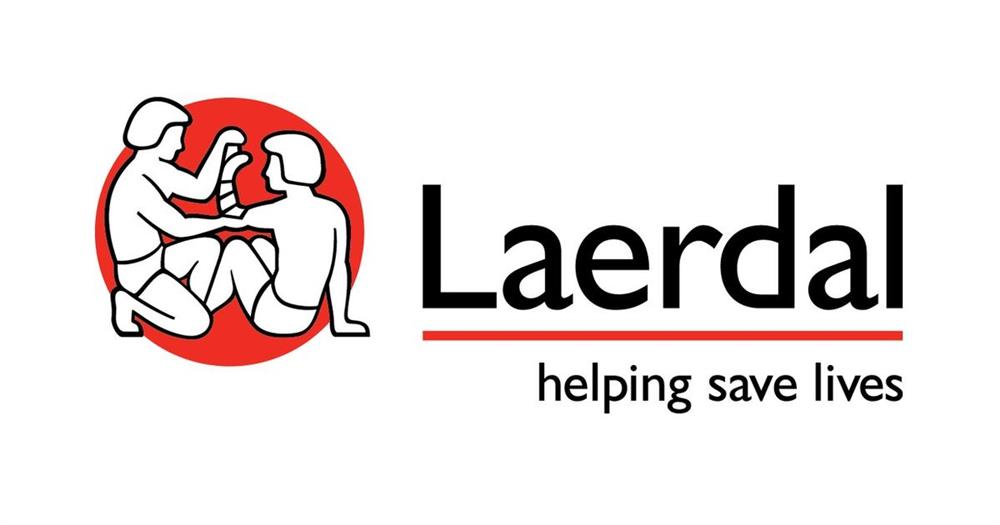

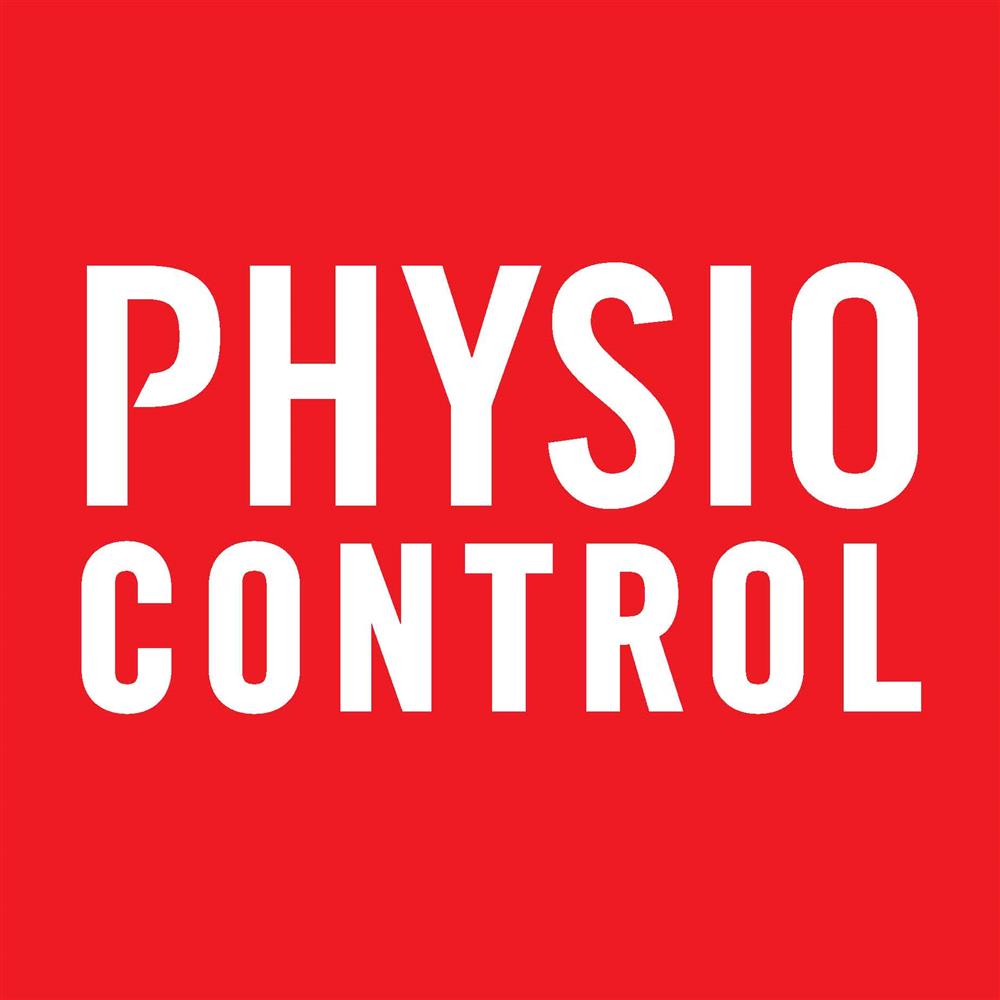
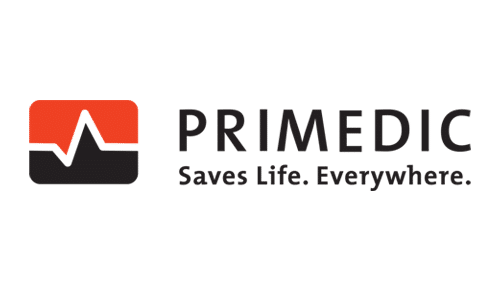

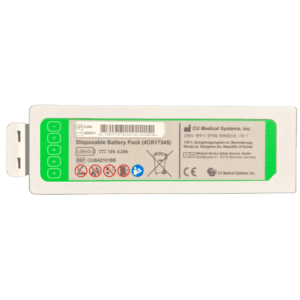
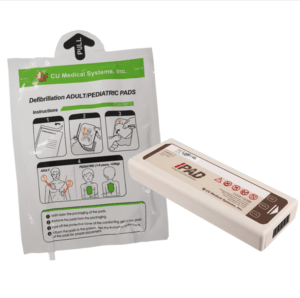


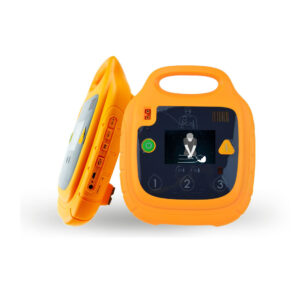
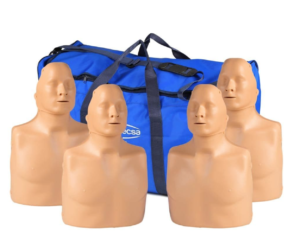




.jpg)

